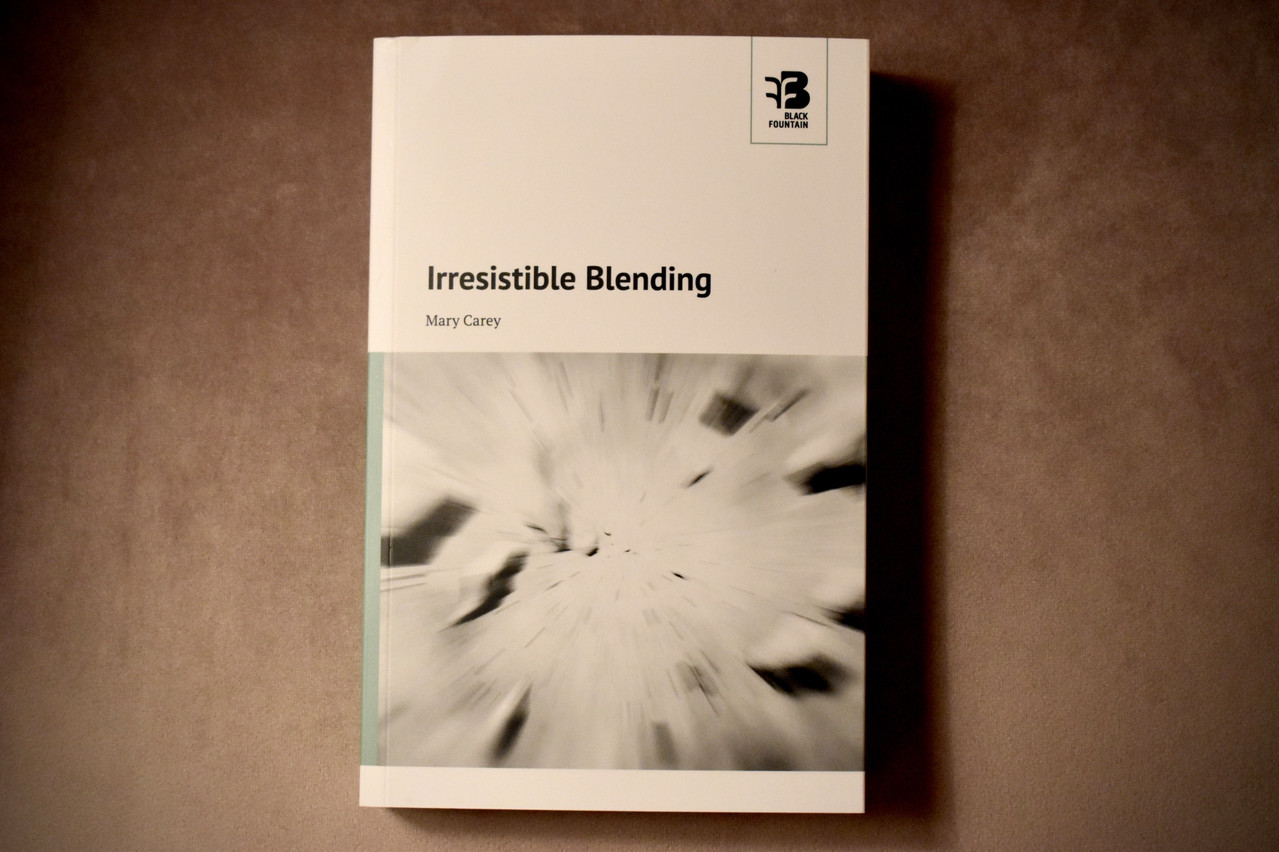You can believe her: the book reads a little like a technicolour movie playing in the theatre of a subconscious brain. Carey pursues two paths of tension in the novel: one is more conventionally populated with mysteries and strange antagonists, but the other is a slow shredding of the reader’s reality-fabric as you begin to wonder just who (or what) protagonist Eleanor Adams really is.
Concretely speaking, Eleanor lives in a secluded commune in Vermont where she raises her son and paints dazzling paintings. Before long, however, the uncanny starts to creep in from several directions: commune guru Summer has a funny way of looking at her; frogs with deformities turn up in the lake; her son Bradley exhibits a special power; a few newcomers to the community make a bizarre impression.
One of Carey’s strengths is how she blends her two sources of tension together, for instance when an antagonist acts but in a way that draws out Eleanor’s unique psychology--which may or may not, eventually, come to the surface and engage with the antagonist directly.
The woman, Lily, has skin that is almost transparent. The little girl, Annie, is vivid and glossy. Eleanor sees most people in terms of color, and this ability has grown stronger since the birth of her only child. She watches miserably as Lily takes Annie’s hand in a tight clutch. The woman repels her like roadkill, has an interior color she cannot grasp. (12)
In addition to becoming invested in Lily and her threatening actions, here readers are also faced with Eleanor’s character: How literally are we to understand these abilities of hers? Is this (merely) an artful description of intuition? Or is it a touch of supernaturalism? Such doubts work on the reader’s own subconscious, as we must navigate the plot from the perspective of a heroine we cannot fully trust.
Dread aesthetic
The passage above is also characteristic of the novel’s atmosphere, which is thick with uncertainty. As an aesthetic, horror is the soul of the book—no accident, according to Carey. “The original impetus for the book came from a dream,” she explains. “I just had this feeling of dread and I had to jump up and write it.”
This dream came nearly 20 years ago. When asked to speculate on its possible real-life sources, Carey mentions the post-9/11 era: “When September 11 happened, my ten-year-old son was at home, he watched it on TV, he was very distressed. I talked to my family in Canada, and they were very distressed. And there was just a sense of unease.”
The story bears no formal connection to the terrorist attacks, but it certainly captures the feeling of the time. “You could feel the tension rise,” says Carey. “Kind of like it’s rising now with Covid-19.”
Headspace
Novels that rely on character psychology as a main source of tension, namely by asking the reader to discover the ills of that psychology, run the risk of becoming boring. Dramatisations of psychology often fall into internal struggles or lengthy diagnoses: too much engagement with what can detract from the more important--particularly for thrillers--what happens. It is a strength of Carey’s novel that she can so thoroughly deploy Eleanor’s unique headspace as a source of tension without sacrificing pace or plot.
How did she achieve that? Besides good writerly sense, Carey’s interest in psychology is probably the answer. Indeed, the author has done her research on headspace. “I’m fascinated with the brain,” she says, “with how people can be savants, for example, or where autism comes from.”
She read several books on the brain before writing Irresistible Blending, and cites, as inspiration for Eleanor, anthropological theories of how early human beings developed mechanisms to cope with the unpleasantness of becoming conscious of their own existence. This “magical thinking”, Carey explains, “is where a lot of trouble comes from—but also where art comes from.”

Trying to get a novel published is “a really defeating process” says Mary Carey, whose luck turned around when Black Fountain Press accepted her manuscript in 2019. Photo: Michael Dubrule
The places accessed via this “magical thinking” are what the novel explores. “Eleanor has the sensation of her brain opening up or splitting a little bit,” says Carey about a passage in which the protagonist momentarily experiences a kind of alien perspective on herself. In another scene, Eleanor projects that part of her psychology onto the natural world around her:
Eleanor shivers, staring at a line of ants on the ground going about their business with military precision, unaware they could be stamped out at any moment, programmed by nature not to concern themselves with the possibility of such an eventuality. (149)
For readers, a point of struggle is potentially the question of whether Eleanor is meant to be relatable or not. She is positioned as an outsider, even a weirdo, yet I found these existential moments of hers intensely relatable. But there is nevertheless pleasure in falling into sympathy with an outlier, and in pursuing the questions subsequently raised about the other “normal” characters.
Story of the story
Having penned the first draft of the book some 20 years ago and then shelved it--after unsuccessfully querying agents and publishers--Carey was in a desirable position for authors: she had serious perspective on the manuscript. “When I reread it, I was gripped,” she admits. “And I could see the weaknesses in the writing. I noticed them right away. But the basic story itself I still liked.”
On a suggestion, she submitted the book to Black Fountain Press, where it was accepted for publication.
Carey reports feeling “revitalised” with her writing, and mentions other shelved projects plus a lifelong wish to write the perfect murder. The good news for readers is that she dreams in technicolour movies every night—so inspiration hopefully won’t be long in coming.
Irresistible Blending is available from and .
